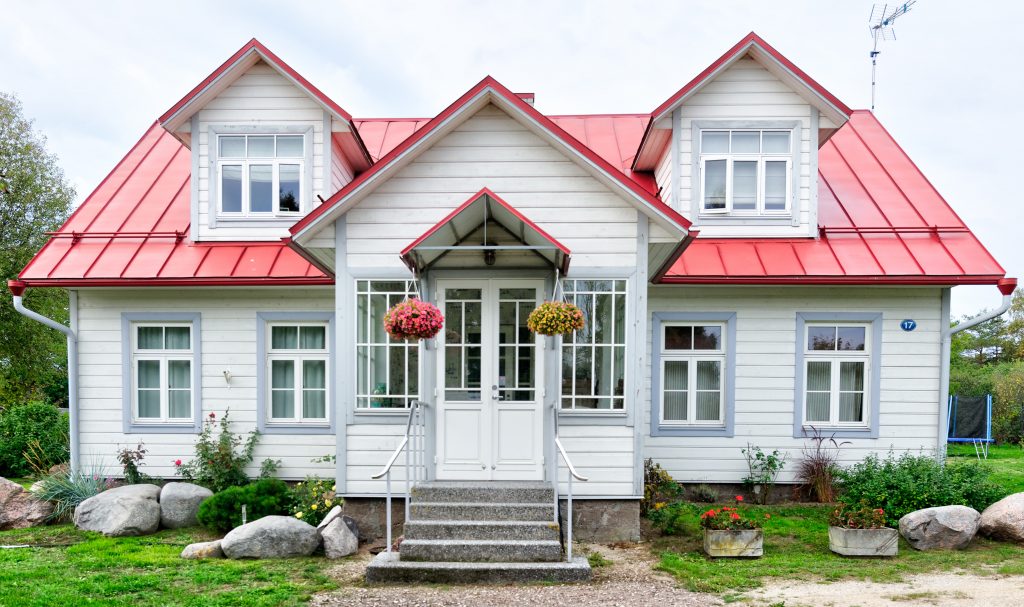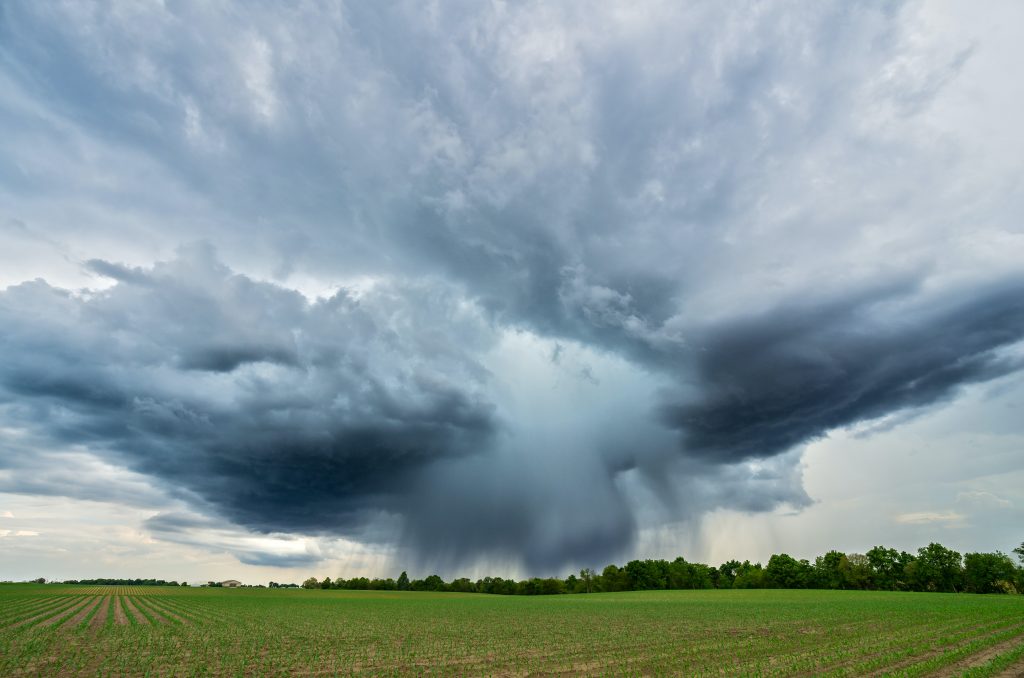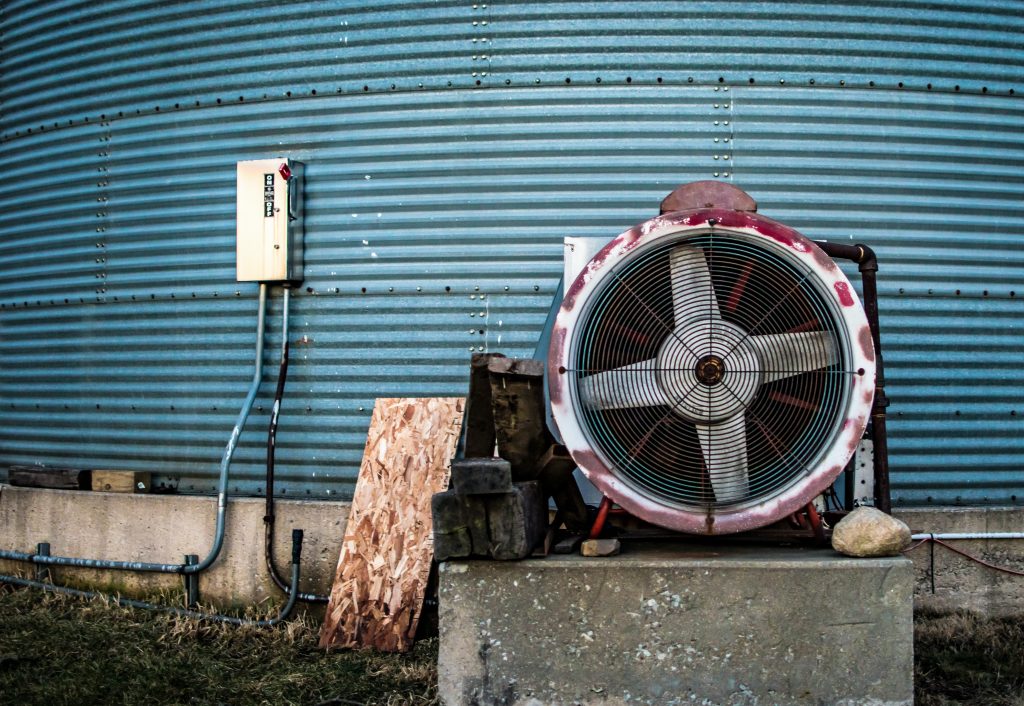Chances are at some point if you’re a homeowner your power is going to out. When this happens you will want to be ready in case of an emergency power outage. In this instance, you will want a top of the line generator. Located in the UK, Welland Power sells Perkins generators made with Perkins diesel engines.
A Perkins engine is so well known it can be found around the world being used for a vast number of applications. With their innovative design and structure, a Perkins generator will be sure to keep your home’s electricity running. This tip guide will help explain how to safely operate the use of a generator.
1. When Hooking Up a Generator to Your Home, Keep it Far Away
In the instance of a black-out, you will want to hook your generator up to your home to ensure that you won’t lose power throughout the outage. Especially during winter so you don’t stay cold. You also won’t want the items in your refrigerator and freezer to spoil if it’s too hot out But, you will want to hook the generator up outside and away from your home.
Generators have combustion engines, which in turn produce carbon monoxide. During Hurricane Katrina over 50 people had cases of carbon monoxide poisoning due to their generators. You will want to keep your generators outside and away from your home by at least 15-20 ft.

2. Before Starting, Read the Manual!
Normally people don’t read they’re starter manuals because of the fact they feel like they know what they’re doing. Do not take this risk with a generator, different generators have different key elements to them. Generators are not a one size fits all type of machinery or design. You will want to read your starter manual before starting or putting your generator away and wait for the power to go out.

3. Check the Weather
Make sure that you pay attention to the weather before placing your generator somewhere. Electricity and rain can make for an unpredictable combination. When buying a generator take this into account. You will want to purchase a specifically designed generator tent.

4. Purchase and Install a Manual Transfer Switch
You can plug anything with an outlet into a generator and wah-la you have power to that source. Although, the only problem with resources such as a furnace, or electric water heaters is that they will require what is known as a manual transfer switch. Since these items are directly wired into your house, this advanced feature is required in order to make them work.

5. Look Out for Heavy-Duty Extension Cords
When hooking a generator up to your home depending on the item you want to set up, you may need a heavy-duty extension cord. Such items as a refrigerator, for example, you may need a 12-gauge cord in order to get it started. This prevents any type of fires and damage to the motor from happening. A 12-gauge cord is approximately $50 if you have any more items that need a cord like this it can set you back almost $300. The manual transfer switch is more cost-effective than these cords.
6. Setting Up the Generator
Remember these important key factors before setting up your generator. Keep it 15-20 ft away from your home to avoid carbon monoxide poisoning. Cover your generator from rain or snow. Also, be sure to check your oil and fill the tank before starting. Lastly, make sure you don’t start or stop the generator with any electrical cords plugged into it. This can cause a condition where the generator will be unable to produce any electricity even though it is running.
I’m a 20-something stay-at-home mother and wife. I have an amazing husband, a beautiful daughter, two loving dogs, and a lazy cat. I wouldn’t change my life for anything! I love to read, listen to music, cook and blog!

Speak Your Mind